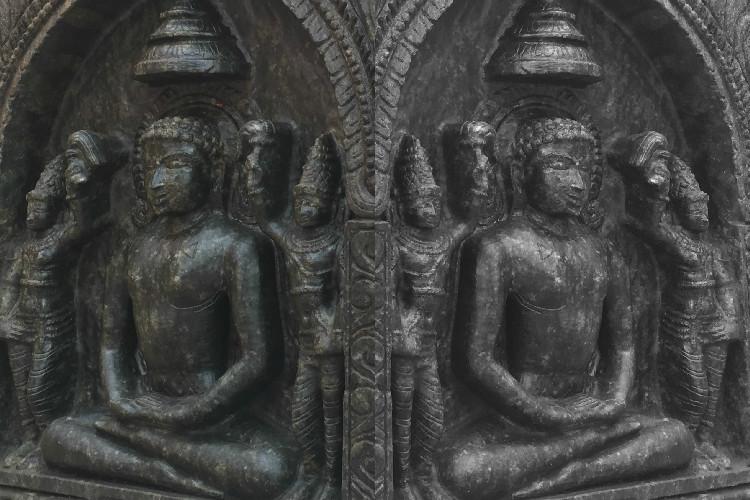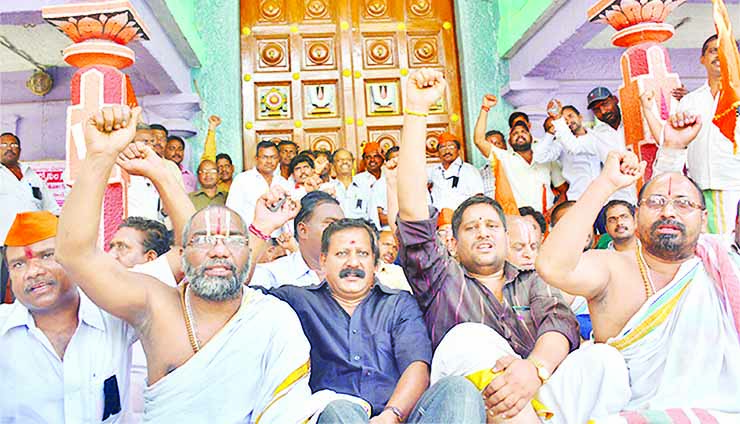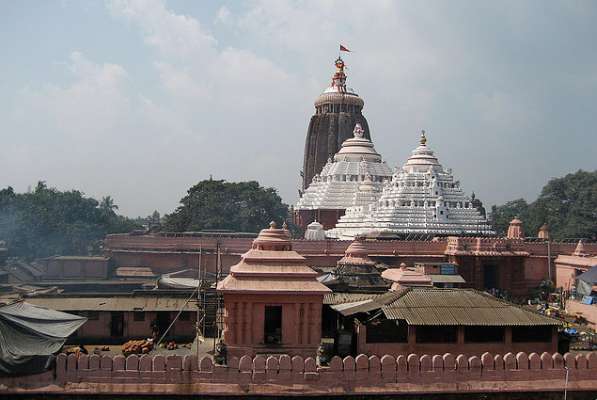Centuries-old temple in dilapidated condition | The Hindu
Built sometime between the 12th and 13th century, the temple at Chemmanatham village near Mavanallah stands as a testament to the rich historical processes that have moulded the landscape of Sigur.
The history of the temple encompasses multiple migrations, settlements and the outbreak of epidemics in the area. Now an Irular tribal settlement, the temple is in an extremely dilapidated state and is being taken care of by local residents here. Every year, Lingayats from Karnataka and also parts of the Nilgiris reportedly visit the Shiva temple and pay obeisance to the presiding deity here.
An Irular resident said that there is an oral history of the temple passed down each generation. He says that the Lingayats, who lived in Chemmanatham alongside the Irulars abandoned the settlement long ago, and their descendants return each year to pay homage to their deity, their ancestors and also to mark their history link with the area.
M. Kumaravelu, Field Officer from the CPR Environmental Education Center, said that the temple was built during the heydays of the Hoysala dynasty, and that there was even an underground granary located nearby.
“The granary has been covered up and lost, but the temple still stands tall and needs to be protected,” said Mr. Kumaravelu, who noted that the crude rocks used to build the temple are seemingly at risk of collapse at any moment, and the structure itself requires immediate repairs to prevent any further damage.
T. Ilangovan, a former history of Government Arts College here said that Kenneth Anderson, an India-born British writer, has written about the abandonment of Chemmanatham village by the Lingayats due to the outbreak of an epidemic. The Irulars are believed to have then moved from other parts of the modern-Nilgiris and even Karnataka and to have settled in the village.
“The original builders of the temple might have moved out of the region, but they still seemingly renew their ties to the village. The Irular tribes now living in Chemmanatham are serving as the custodians of the structures built many centuries before,” said C Maheswaran, former director of the Tribal Research Centre in the Nilgiris.











